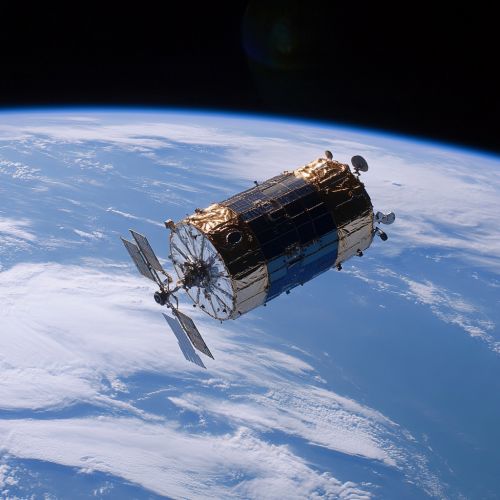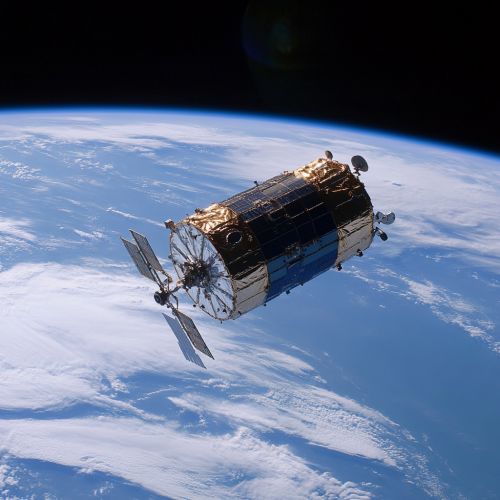JAXA
Overview
The Japan Aerospace Exploration Agency (JAXA) is the Japanese national aerospace agency responsible for space exploration, research, and development. Established in 2003, JAXA was formed through the merger of three previously independent organizations: the National Space Development Agency of Japan (NASDA), the National Aerospace Laboratory of Japan (NAL), and the Institute of Space and Astronautical Science (ISAS). JAXA's mission encompasses a wide range of activities, including satellite development, space missions, and research in aeronautics and space sciences.
History
JAXA's origins can be traced back to the early days of Japan's space exploration efforts. The three predecessor organizations each played a significant role in the development of Japan's space capabilities. NASDA, established in 1969, was responsible for satellite development and launch vehicle operations. NAL, founded in 1955, focused on aeronautical research and development. ISAS, established in 1981, was dedicated to space science and planetary exploration.
The merger of these organizations in 2003 aimed to consolidate Japan's space efforts and create a more efficient and cohesive agency. Since its inception, JAXA has made significant strides in space exploration, satellite technology, and international collaboration.
Organizational Structure
JAXA is structured into several divisions and departments, each responsible for specific aspects of its mission. The main divisions include:
- Space Technology Directorate I: Focuses on the development and operation of satellites and launch vehicles.
- Space Technology Directorate II: Specializes in space science missions and planetary exploration.
- Human Spaceflight Technology Directorate: Manages human spaceflight activities, including the Japanese Experiment Module (Kibo) on the International Space Station (ISS).
- Aeronautical Technology Directorate: Conducts research and development in aeronautics and aviation technologies.
- Research and Development Directorate: Oversees various research projects and technological advancements.
Major Programs and Missions
Satellite Development
JAXA has developed and launched numerous satellites for various purposes, including Earth observation, communication, and scientific research. Notable satellite programs include:
- Advanced Land Observing Satellite (ALOS): A series of Earth observation satellites designed to monitor natural disasters, land use, and environmental changes.
- Himawari: A series of geostationary weather satellites that provide real-time weather data and forecasts.
- Hayabusa: An asteroid exploration mission that successfully returned samples from the asteroid Itokawa in 2010.
Space Exploration
JAXA has been actively involved in space exploration missions, both independently and in collaboration with international partners. Key missions include:
- Hayabusa2: A follow-up mission to Hayabusa, which successfully collected samples from the asteroid Ryugu and returned them to Earth in 2020.
- Akatsuki: A mission to study the atmosphere of Venus, launched in 2010 and successfully entered Venus' orbit in 2015.
- Kaguya (SELENE): A lunar orbiter mission launched in 2007 to study the Moon's surface and gravitational field.
Human Spaceflight
JAXA is a key partner in the International Space Station (ISS) program. The Japanese Experiment Module (Kibo) is the largest module on the ISS and serves as a laboratory for various scientific experiments. JAXA has also developed the H-II Transfer Vehicle (HTV), an unmanned cargo spacecraft that delivers supplies to the ISS.
Research and Development
JAXA conducts extensive research and development in various fields related to space and aeronautics. Key areas of research include:
- Space propulsion systems: Development of advanced propulsion technologies, such as ion thrusters and hybrid rockets.
- Space robotics: Research on robotic systems for space exploration, satellite servicing, and planetary surface operations.
- Aeronautics: Studies on advanced aircraft designs, noise reduction technologies, and environmentally friendly aviation solutions.
International Collaboration
JAXA actively collaborates with international space agencies and organizations to advance its mission and contribute to global space exploration efforts. Notable partnerships include:
- NASA: Collaboration on various missions, including the ISS and the Global Precipitation Measurement (GPM) mission.
- ESA: Joint projects such as the BepiColombo mission to Mercury and the EarthCARE satellite for climate research.
- Roscosmos: Cooperation on human spaceflight activities and scientific research on the ISS.
Future Plans
JAXA has ambitious plans for the future, with several key projects in development:
- Martian Moons eXploration (MMX): A mission to explore the Martian moons Phobos and Deimos, scheduled for launch in the mid-2020s.
- Lunar Gateway: Participation in NASA's Lunar Gateway project, which aims to establish a space station in lunar orbit as part of the Artemis program.
- SLIM (Smart Lander for Investigating Moon): A lunar lander mission designed to demonstrate precision landing technology on the Moon.
See Also
- International Space Station
- NASA
- European Space Agency
- Roscosmos
- SpaceX
- Blue Origin
- Planetary Society
References


